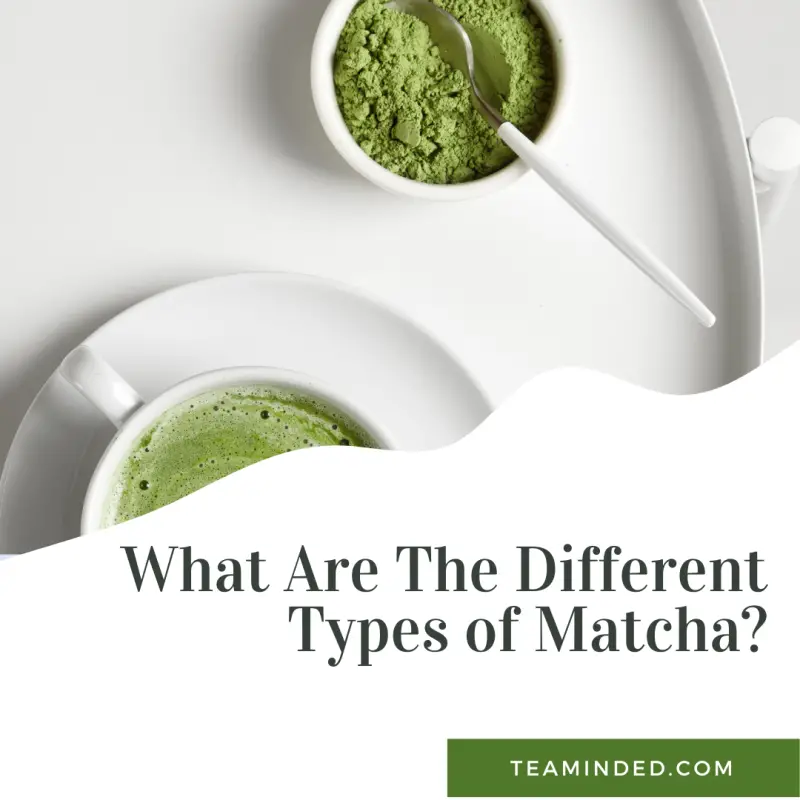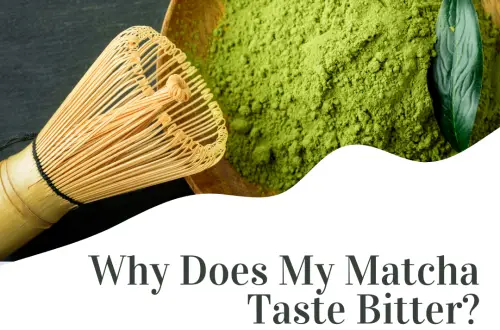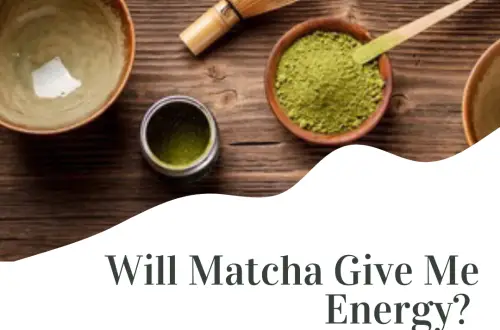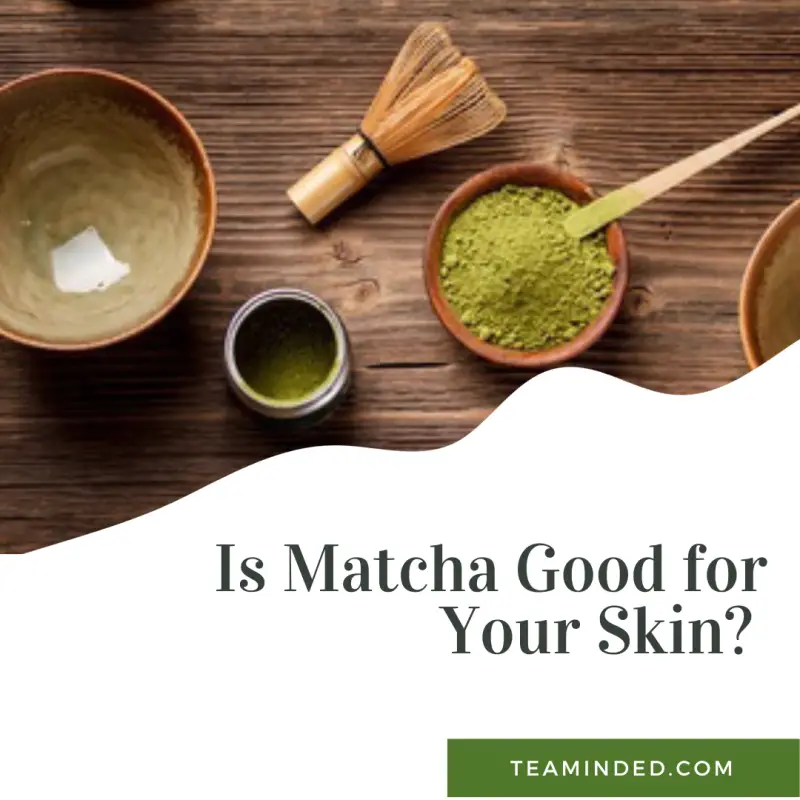Matcha is a type of green tea that has been used in Japanese tea ceremonies for centuries. It’s made from shade-grown tea leaves that are finely ground into a powder, which is then whisked with hot water to create a frothy, flavorful drink. However, not all matcha is created equal. There are different types of matcha available, each with its own unique characteristics and uses.
One of the primary factors that differentiate types of matcha is their grade. Ceremonial grade matcha is the highest quality and is used in traditional tea ceremonies. It’s made from the youngest, most tender leaves and has a delicate flavor and vibrant green color. Culinary grade matcha, on the other hand, is less expensive and is used for cooking and baking. It’s made from older leaves and has a stronger flavor that can stand up to other ingredients.
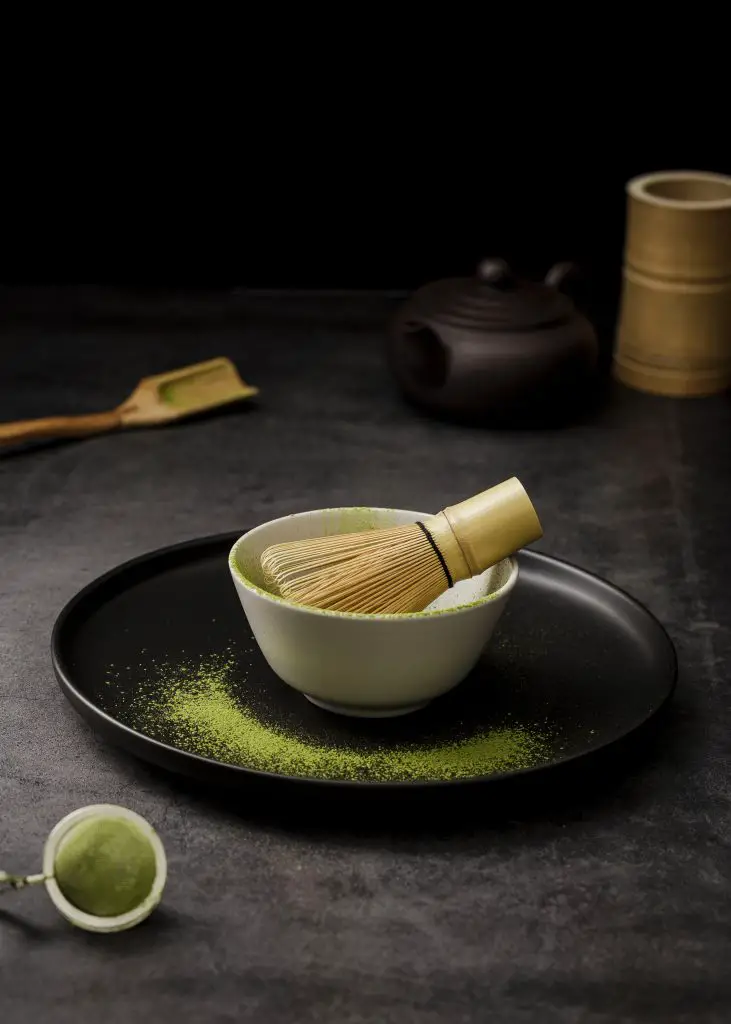
Another factor that affects the flavor and quality of matcha is the region where it’s grown and the processing techniques used. Matcha is primarily produced in Japan, with the most famous regions being Uji, Nishio, and Shizuoka. Each region has its own unique terroir, which can affect the flavor of the tea. Additionally, different processing techniques can affect the texture and taste of the matcha powder.
Quick Navigation
Key Takeaways
- There are different grades of matcha, with ceremonial grade being the highest quality and culinary grade being less expensive and used for cooking.
- Matcha is primarily produced in Japan, with different regions having their own unique terroir that can affect the flavor of the tea.
- Processing techniques can also affect the texture and taste of matcha powder.
Types of Matcha
Matcha is a type of green tea that is made from shade-grown tea leaves. There are two main types of matcha: ceremonial grade matcha and culinary grade matcha. In this section, we will discuss the differences between these two types of matcha.
Ceremonial Grade Matcha
Ceremonial grade matcha is the highest quality matcha available. It’s made from the youngest tea leaves, which are hand-picked and stone-ground into a fine powder. The powder on this grade is the finest because the leaves are destemmed and deveined before the grinding. Ceremonial grade matcha is typically used in traditional Japanese tea ceremonies. It has a vibrant green color, a rich umami flavor, and a smooth, creamy texture.
Culinary Grade Matcha
Culinary grade matcha is a lower quality matcha that is used for cooking and baking. It’s made from older tea leaves that are lower in quality than those used for ceremonial grade matcha. The leaves are not destemmed or deveined before grinding, which gives the powder a slightly bitter taste and a coarse texture. Culinary grade matcha is less expensive than ceremonial grade matcha and is often used in smoothies, lattes, and desserts.
In summary, ceremonial grade matcha is the highest quality matcha and is used for traditional tea ceremonies, while culinary grade matcha is a lower quality matcha that is used for cooking and baking.
Production Regions
Matcha is a type of green tea that is grown and produced in various regions of Japan. Each region has its own unique characteristics that contribute to the flavor and quality of the matcha produced there. In this section, we will explore the three main regions that produce matcha in Japan.
Uji Matcha
Uji matcha is considered to be the highest quality matcha in Japan. It’s grown in the Kyoto prefecture, specifically in the Uji region. The Uji region is known for its fertile soil, ideal climate, and abundant rainfall, which all contribute to the production of high-quality matcha. Uji matcha has a rich, sweet flavor and a vibrant green color. It’s often used in traditional tea ceremonies and is highly prized by tea connoisseurs.
Aichi Matcha
Aichi matcha is grown in the Aichi prefecture, which is located in central Japan. Aichi matcha is known for its smooth, mellow flavor and its bright green color. The Aichi region has a mild climate and is known for its fertile soil, which makes it an ideal location for growing high-quality matcha. Aichi matcha is often used in cooking and baking, as well as in traditional tea ceremonies.
Kyushu Matcha
Kyushu matcha is grown in the Kyushu region, which is located in the southern part of Japan. Kyushu matcha is known for its bold, robust flavor and its deep green color. The Kyushu region has a warm, humid climate and is known for its volcanic soil, which makes it an ideal location for growing high-quality matcha. Kyushu matcha is often used in cooking and baking, as well as in traditional tea ceremonies.
In conclusion, the different regions of Japan that produce matcha each have their own unique characteristics that contribute to the flavor and quality of the matcha produced there. Whether you prefer the sweet, rich flavor of Uji matcha, the smooth, mellow flavor of Aichi matcha, or the bold, robust flavor of Kyushu matcha, there is a type of matcha to suit every taste.
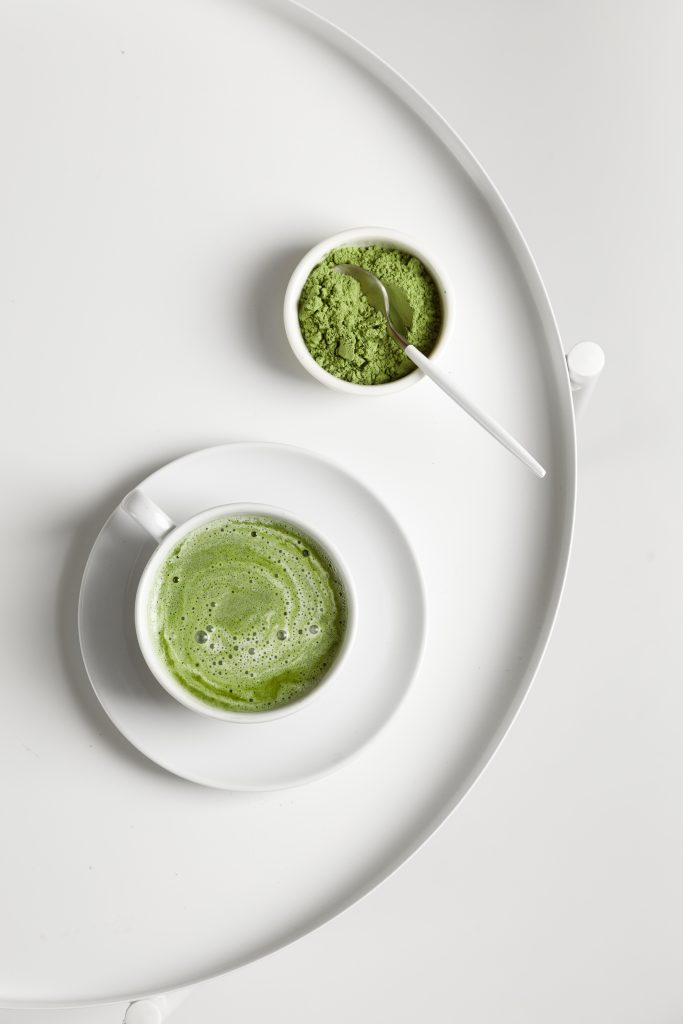
Processing Techniques
Matcha is made from shade-grown tea leaves, which are then steamed, dried, and ground into a fine powder. The processing techniques used to create matcha are crucial to its final flavor and quality. There are two main processing techniques used to create matcha: shade-growing and grinding methods.
Shade-Growing
Shade-growing is a crucial step in the production of high-quality matcha. Tea plants are covered with shade cloth for several weeks before harvest, which slows down their growth and increases the production of chlorophyll and amino acids. This process gives the leaves a darker green color and a sweeter, more complex flavor.
Grinding Methods
After the tea leaves are harvested and dried, they are ground into a fine powder using traditional stone mills. The grinding process is slow and labor-intensive, but it is essential to creating high-quality matcha. The grinding process can take up to an hour to produce just one ounce of matcha powder.
The grinding method used to create matcha is also important. The highest quality matcha is milled to order, placed in a small canister flushed with nitrogen to remove any trace of deteriorating oxygen, then sealed with a lid engineered with a rubber gasket to make it airtight. This particular detail ensures the matcha stays as fresh as possible after opening. Different grades of matcha can also be further separated into more specific categories such as organic ceremonial matcha, premium daily sipping matcha, cafe barista matcha, chef’s choice matcha, and food ingredient grade matcha.
Flavor Profiles
Matcha green tea has a unique flavor profile that sets it apart from other types of tea. The flavor can be described as vegetal, earthy, grassy, sweet, nutty, and slightly bitter. However, the flavor can vary depending on the type of matcha and how it is prepared.
Umami Richness
One of the most distinctive flavors of matcha is its umami richness. Umami is a Japanese term that refers to the savory taste that is often described as meaty or brothy. Matcha has a high concentration of amino acids, particularly L-theanine, which gives it its umami flavor. The higher the grade of matcha, the more umami flavor it will have. Ceremonial grade matcha has the highest concentration of amino acids and therefore the most umami richness.
Bitterness Levels
Matcha can also have varying levels of bitterness. The bitterness comes from the catechins in the tea leaves, which are responsible for its health benefits. The higher the grade of matcha, the less bitter it will be. Culinary grade matcha is the most bitter, while ceremonial grade matcha is the least bitter. The bitterness can also be affected by how the matcha is prepared. If the water is too hot or the matcha is whisked too vigorously, it can become more bitter.
In summary, matcha green tea has a unique flavor profile that is characterized by its umami richness and varying levels of bitterness. The flavor can be affected by the type of matcha and how it is prepared. Ceremonial grade matcha has the most umami richness and the least bitterness, while culinary grade matcha has the most bitterness.
Usage and Pairing
Matcha is a versatile ingredient that can be used in various ways. It’s not only consumed as a tea but also used in cooking, baking, and as a flavoring agent. Here are some ways to use matcha and pair it with different foods.
Traditional Tea Ceremony
Matcha is traditionally consumed as a tea in Japan. The tea ceremony is a ritualistic way of preparing and serving matcha. It’s a form of meditation that involves the preparation and presentation of matcha in a specific way. The tea is served in a bowl and whisked with a bamboo whisk until it is frothy. The tea is then sipped slowly, enjoying the aroma and flavor.
Cooking and Baking
Matcha can also be used in cooking and baking. It’s a popular ingredient in Japanese cuisine and is used to flavor desserts, pastries, and savory dishes. Matcha can be used in recipes that call for green tea, such as ice cream, cake, and cookies. It can also be used in smoothies and as a flavoring agent in sauces and dressings.
When pairing matcha with food, it is important to consider the flavor profile of the food. Matcha has a distinct grassy and slightly bitter flavor that pairs well with sweet and creamy flavors. It is often paired with white chocolate, milk, and cream. Matcha also pairs well with citrus flavors such as lemon and orange. It can be used to add a unique flavor to desserts such as cheesecake, macarons, and truffles.
In savory dishes, matcha can be used to add a subtle flavor to sauces and marinades. It pairs well with seafood, chicken, and tofu. Matcha can also be used as a seasoning for rice dishes and salads.
Overall, matcha is a versatile ingredient that can be used in various ways. It is important to experiment with different pairings to find the perfect match for your taste buds.
Frequently Asked Questions
What distinguishes ceremonial grade matcha from culinary grade?
Ceremonial grade matcha is the highest quality matcha available, made from the youngest tea leaves and stems, and is intended for direct consumption. It has a bright green color, a smooth texture, and a delicate, sweet flavor. On the other hand, culinary grade matcha is made from older tea leaves and stems and has a more bitter taste. It is typically used for cooking and baking, and may have a slightly duller green color.
How do matcha grades affect flavor and usage in beverages and cooking?
Matcha grades can significantly affect the flavor and usage of matcha in beverages and cooking. Higher grades of matcha, such as ceremonial grade, have a sweeter, more delicate flavor, and are intended for direct consumption. Lower grades, such as culinary grade, have a more bitter taste and are better suited for cooking and baking. Additionally, higher grades of matcha tend to be more expensive, while lower grades are more affordable.
Can the color of matcha indicate its quality or type?
Yes, the color of matcha can be an indicator of its quality or type. Higher quality matcha tends to have a brighter, more vibrant green color, while lower quality matcha may have a duller, yellowish-green color. Additionally, different types of matcha may have slightly different shades of green, depending on the age of the tea leaves and stems used.
What should I consider when choosing a matcha brand for lattes?
When choosing a matcha brand for lattes, consider the quality and grade of the matcha, as well as the taste and texture. Look for a high-quality, ceremonial grade matcha with a bright green color and a smooth, creamy texture. Additionally, consider the origin of the matcha and the farming practices used to grow and harvest the tea leaves.
How do the different matcha grades compare for direct consumption?
Different matcha grades can vary significantly in flavor and texture when consumed directly. Higher grades, such as ceremonial grade, tend to have a sweeter, more delicate flavor and a smooth, creamy texture. Lower grades, such as culinary grade, may have a more bitter taste and a slightly grainy texture.
Are there specific matcha types recommended for baking and culinary purposes?
Yes, culinary grade matcha is typically recommended for baking and culinary purposes, as it has a more bitter taste and is better suited for cooking and baking. However, some higher grades of matcha may also be used for culinary purposes, depending on the recipe and desired flavor profile.

Scott is the founder of TeaMinded. He enjoys tasting and discovering teas from across the globe, with green teas and ceremonial matcha from Japan being among his favorites. He’s grateful to be immersed in the tea community, always learning and sharing along the journey.

